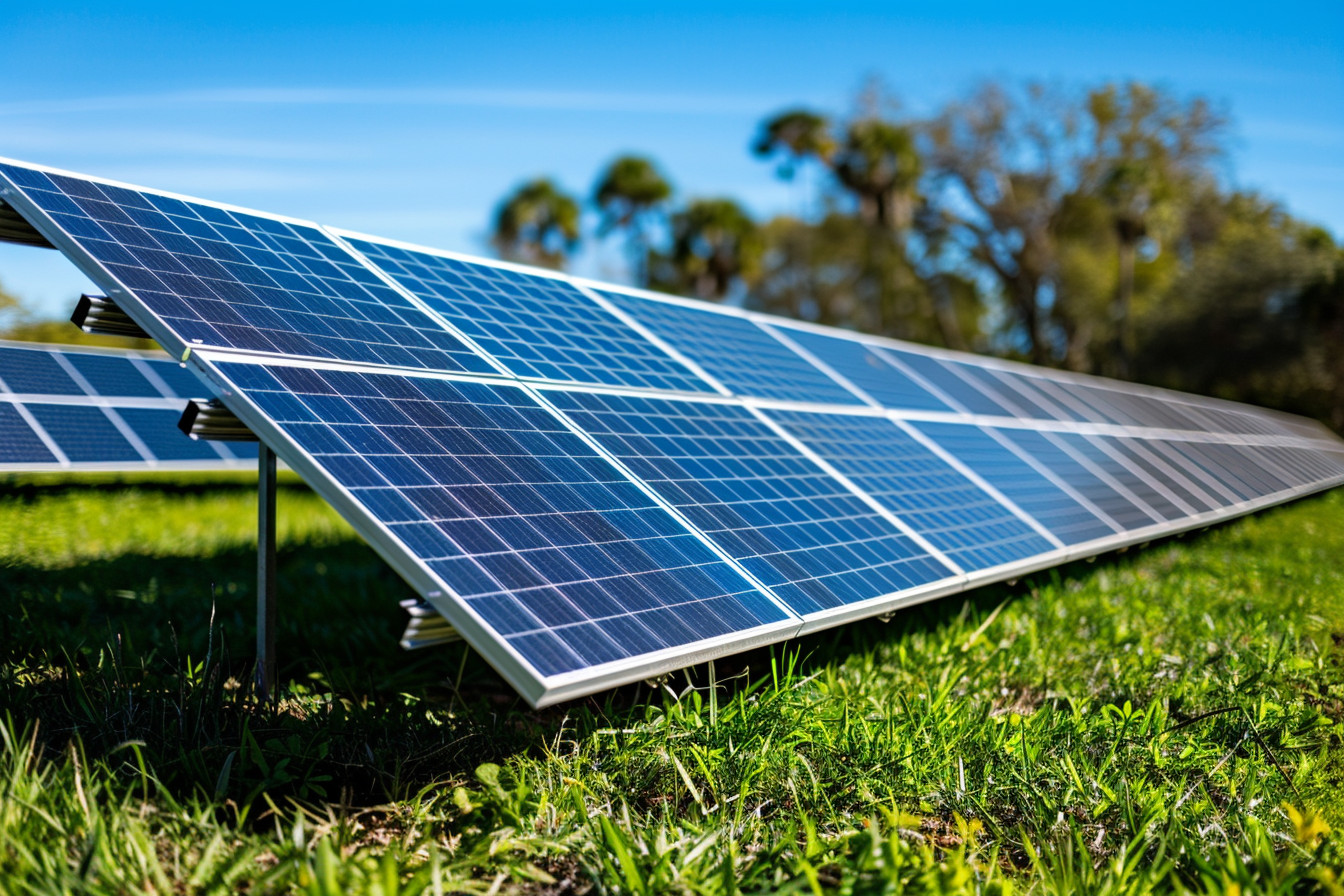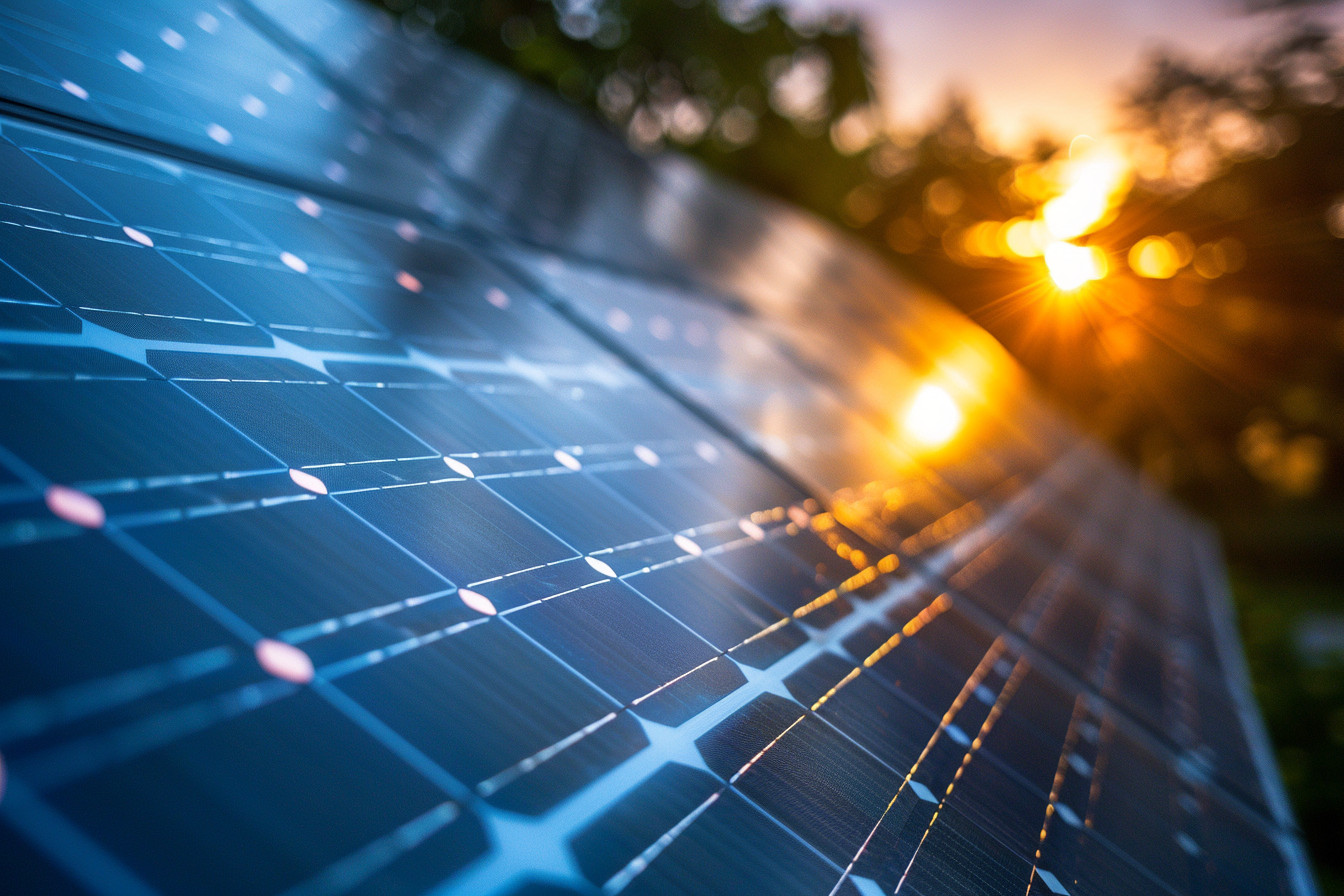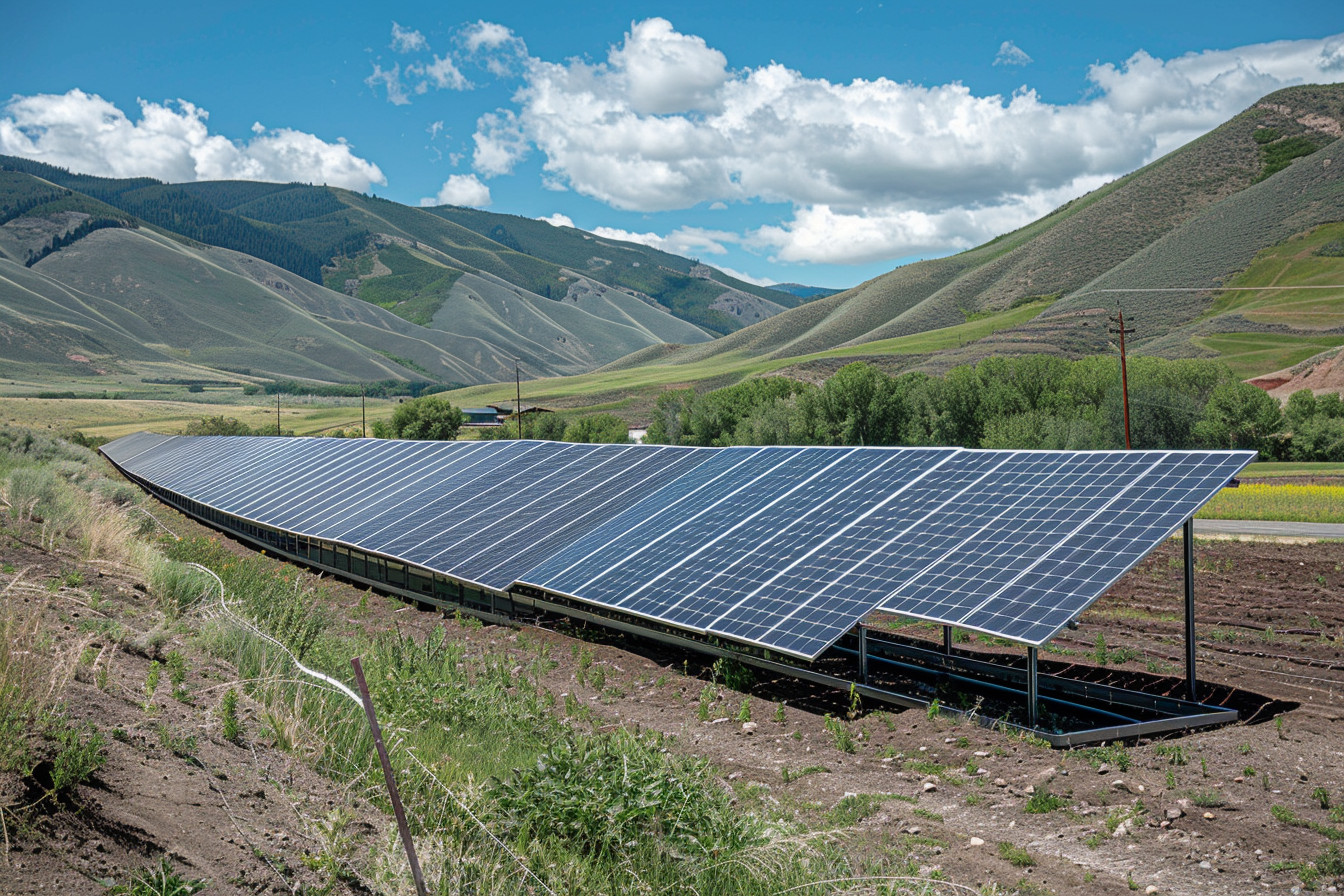Standing in my friend’s garden last autumn, watching their newly installed solar panels glinting in the late afternoon sun while a nearby wind turbine spun lazily in the distance, I experienced what can only be described as a renewable energy epiphany. Here was tangible proof that solar wind hydro energy systems weren’t just theoretical solutions to climate change—they were practical, accessible technologies that ordinary people could actually implement. That moment launched my deep dive into understanding renewable energy sources, which has completely transformed how I think about power generation and our collective energy future.
The research journey began with trying to understand why solar energy wind energy hydro energy solutions aren’t already powering everything if they’re supposedly so brilliant. The answer proved more complex than simple economics or technology limitations. Historical infrastructure, political considerations, industry resistance, and genuine technical challenges all play roles in slowing renewable adoption. But the tide is definitely turning as costs plummet and performance improves across all three major renewable categories.
Solar energy became my first area of focus, partly because it seemed most accessible for individual homeowners and partly because the technology has advanced so dramatically in recent years. Modern photovoltaic panels convert sunlight to electricity with efficiency rates approaching 25% for residential systems, compared to around 6% for early commercial panels in the 1950s. The cost per watt has dropped by over 90% since 1980, making solar competitive with fossil fuels in many markets without subsidies.
The practical implications of solar technology hit home when I calculated potential savings for my own modest Bristol flat. Even with Britain’s famously unpredictable weather, solar panels could generate significant electricity year-round while qualifying for various incentive programs. The initial investment felt substantial, but payback periods of 7-10 years made financial sense when compared to rising conventional energy costs and potential property value increases.
Wind energy fascinated me with its elegant simplicity and remarkable scalability. Modern wind turbines extract kinetic energy from moving air using aerodynamic principles refined through decades of aviation research. A single large turbine can generate enough electricity for hundreds of homes, while massive offshore installations produce power for entire cities. The technology works anywhere with consistent wind patterns, from remote Scottish islands to vast American plains.
The offshore wind revolution particularly impressed me during research visits to coastal renewable energy facilities. Ocean winds blow stronger and more consistently than land-based alternatives, allowing turbines to operate at higher capacity factors. Plus, offshore installations face fewer local opposition concerns about noise or visual impact. Floating wind platforms now enable generation in deeper waters previously inaccessible to fixed-foundation turbines, opening vast ocean areas for renewable development.
Hydroelectric power represents the oldest and most established renewable technology, converting flowing water’s kinetic energy into electricity through turbines and generators. Large-scale hydro projects like the Hoover Dam demonstrate massive generation potential, while smaller run-of-river systems provide local power without major environmental disruption. The technology achieves efficiency rates above 90%, far exceeding solar or wind alternatives.
However, hydroelectric development faces significant environmental and social challenges that other renewable sources avoid. Dam construction alters river ecosystems, affects fish migration patterns, and can displace communities while changing downstream water flows. Modern hydro projects increasingly emphasize environmental mitigation and fish-friendly turbine designs, but these considerations add complexity and cost compared to solar or wind installations.
The integration challenge became apparent as I learned about grid management and energy storage requirements. Solar panels generate peak power during sunny midday hours when demand may be lower, while wind turbines produce electricity when weather conditions allow rather than when consumers need power. Hydroelectric plants offer more controllable generation but depend on water availability that varies seasonally and annually.
Energy storage solutions are rapidly evolving to address renewable intermittency challenges. Battery technology advances enable homes and businesses to store excess solar generation for evening use while grid-scale storage systems help balance supply and demand across entire regions. Pumped hydro storage uses excess renewable electricity to pump water uphill, releasing it through turbines when additional power is needed.
Smart grid technology promises to optimize renewable energy distribution by automatically directing power where it’s needed most efficiently. Advanced forecasting systems predict solar and wind generation patterns days in advance, enabling grid operators to plan conventional backup generation accordingly. Electric vehicle charging networks could provide additional storage capacity while giving car owners renewable energy access.
The economic transformation happening across renewable sectors defies traditional energy industry assumptions. Solar installation costs have dropped so dramatically that new projects now compete directly with existing coal and natural gas plants. Wind energy costs have fallen by similar margins while turbine capacity and reliability have improved substantially. Even accounting for intermittency challenges, renewable electricity often costs less than fossil alternatives.
Government policies significantly influence renewable adoption rates through tax incentives, feed-in tariffs, renewable portfolio standards, and carbon pricing mechanisms. Countries with supportive policy frameworks like Germany and Denmark achieved high renewable penetration levels much faster than nations relying purely on market forces. However, as technology costs continue falling, policy support becomes less critical for economic viability.
Local renewable projects create community benefits beyond just clean electricity generation. Wind farms provide lease income for rural landowners while maintaining agricultural use of most land areas. Solar installations on schools and municipal buildings reduce operational costs while demonstrating renewable technology to residents. Small hydroelectric projects can revitalize former mill sites while preserving historical character.
The manufacturing and installation sectors surrounding renewable energy create substantial employment opportunities across skill levels. Solar panel installation requires trained technicians who understand electrical systems and roof construction. Wind turbine maintenance demands specialized skills for working safely at extreme heights in challenging weather conditions. Hydroelectric projects need civil engineers, environmental specialists, and heavy equipment operators.
Technological innovations continue advancing renewable performance and reducing costs across all three major categories. Perovskite solar cells promise higher efficiency rates at lower manufacturing costs. Floating wind platforms enable generation in deeper ocean waters with stronger, more consistent winds. Advanced turbine designs extract more energy from lower water flows while minimizing environmental impact.
The environmental benefits extend beyond just avoiding fossil fuel emissions. Solar panels generate clean electricity for 25-30 years with minimal maintenance while occupying space that can simultaneously support other uses like agriculture or parking. Wind turbines operate for 20-25 years while allowing continued farming or grazing between installations. Well-designed hydro projects provide flood control and recreational opportunities alongside electricity generation.
Energy independence represents a compelling argument for renewable adoption at both personal and national levels. Homeowners with solar panels and battery storage can maintain power during grid outages while reducing dependence on utility companies. Countries with abundant renewable resources can reduce fossil fuel imports while achieving greater energy security through diversified domestic generation.

The global renewable transition is accelerating as technology costs fall and climate urgency increases. China leads renewable installation rates while European countries achieve high renewable penetration levels. Even traditionally fossil-dependent regions like the Middle East are investing heavily in solar projects as costs become economically attractive compared to burning valuable oil exports.
Educational initiatives help communities understand renewable benefits while addressing common misconceptions about reliability, costs, and environmental impacts. School solar projects teach students about clean energy while reducing institutional operating costs. Community forums provide opportunities for residents to learn about local renewable opportunities and share experiences with installations.
The aesthetic evolution of renewable technology addresses visual impact concerns that previously limited adoption. Modern solar panels integrate seamlessly with roof designs while new building materials incorporate photovoltaic cells directly into construction elements. Wind turbine designs emphasize graceful proportions and quiet operation. Small hydro installations can enhance rather than detract from natural settings through thoughtful design.
Looking ahead, renewable energy integration will likely accelerate as storage costs fall and grid flexibility improves. Electric vehicle adoption creates massive distributed battery networks that could revolutionize energy storage economics. Smart home technology enables automated optimization of renewable generation and consumption patterns. Industrial processes increasingly rely on renewable electricity as costs become competitive with fossil alternatives.
My exploration of solar wind hydro energy sources has revealed an energy landscape in rapid transition toward cleaner, cheaper, more reliable power generation. The technology exists today to meet most energy needs through renewable sources, with remaining challenges focused on storage, distribution, and policy rather than fundamental generation capabilities. Each renewable technology offers unique advantages that complement rather than compete with alternatives.
The personal impact of understanding renewable energy extends beyond just intellectual curiosity to practical decision-making about home improvements, investment choices, and lifestyle changes. Installing solar panels, supporting wind projects, or choosing utilities with renewable portfolios all contribute to accelerating the transition while providing individual benefits through lower costs and reduced environmental impact.
Current renewable energy development represents the most significant transformation in power generation since the development of alternating current over a century ago. The convergence of technological advancement, economic competitiveness, and environmental necessity creates unprecedented opportunities for individuals and communities to participate in building a cleaner energy future. Whether through personal installations, community projects, or political support, everyone can contribute to accelerating renewable adoption.
The future of energy looks increasingly renewable as costs continue falling and technology keeps improving. Solar panels will likely become standard building materials rather than specialized additions. Wind turbines will grow larger and more efficient while operating in previously inaccessible locations. Hydroelectric projects will incorporate advanced environmental protections while providing flexible grid support for variable solar and wind generation.
My journey into understanding renewable energy has been genuinely inspiring, revealing how individual choices can contribute to massive positive change when multiplied across entire communities. The transition to clean energy isn’t just about avoiding climate disaster—it’s about creating a more prosperous, secure, and sustainable energy system that benefits everyone. The technologies exist, the economics work, and the benefits are clear. Now it’s just a matter of scaling up adoption as quickly as possible while ensuring equitable access to clean energy benefits.
What started as curiosity about my friend’s solar panels has become genuine enthusiasm for renewable energy sources and their potential to transform how we power our lives. The combination of solar energy wind energy hydro energy solutions offers multiple pathways toward energy independence and environmental responsibility that anyone can support through personal choices and community engagement. Sometimes the most important sustainable living decisions involve embracing technologies that align our daily energy consumption with our environmental values.






